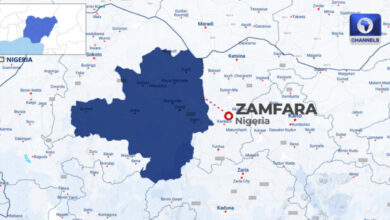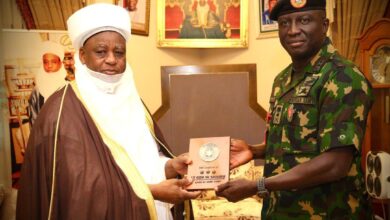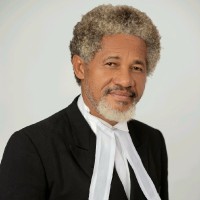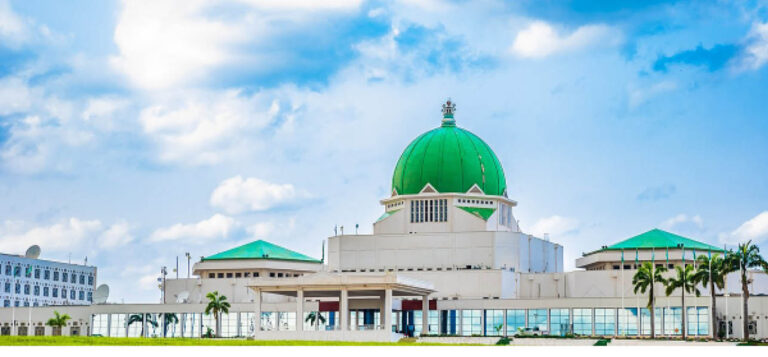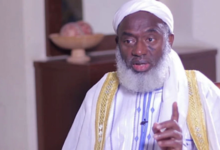Impact of Iran’s retaliatory attack on US base will reveal in matter of time – Khamenei

For now, the Supreme Leader’s words echo across an uncertain landscape, underscoring Iran’s readiness to respond decisively in the face of perceived threats.
Iran’s Supreme Leader, Ayatollah Ali Khamenei, issued a strong statement on his official X handle on Wednesday 16 of July, 2025, declaring that the Islamic Republic’s retaliatory strike in response to Saturday June 22, 2025 United States (U.S.) military aggression was significant and deliberate.
His message portrayed the action as a necessary and justified defense of the nation’s sovereignty and dignity.

Khamenei did not provide full operational details but indicated that the impact of Iran’s response would unfold in due time.
He noted that the global media’s current silence on the matter stems from what he called deliberate censorship and selective reporting.
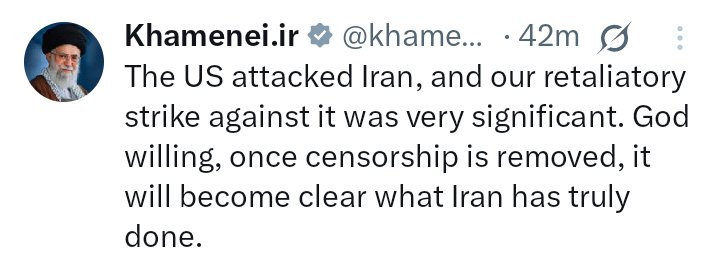
The supreme leader emphasized that once such obstructions are lifted, the magnitude of Iran’s move will be recognized internationally.
The U.S. strike, which allegedly targeted Iranian personnel or strategic sites, has yet to be formally explained by Washington.
However, the Ayatollah Ali Khamenei characterized the attack as another chapter in a long pattern of U.S. hostility — rooted in decades of confrontation over Iran’s independence, regional role, and nuclear capabilities.
In his statement, Khamenei asserted that Iran’s military action was essential not only for immediate defense but also to send a decisive warning: any act of aggression will be answered swiftly and forcefully.
He called the response a clear signal that Iran does not tolerate encroachment or threats against its people and territory.
The exchange has fueled fresh anxiety about instability across the region, particularly in the Persian Gulf, where both nations maintain substantial military assets.
Khamenei acknowledged these concerns but placed responsibility squarely on American provocations, urging vigilance and preparedness over appeasement.
As global attention intensifies, diplomats, analysts, and governments await further clarification on the scope of Iran’s actions and the likelihood of continued escalation or possible diplomatic outreach.
For now, the Supreme Leader’s words echo across an uncertain landscape, underscoring Iran’s readiness to respond decisively in the face of perceived threats.
Until more concrete Impact of Iran’s retaliatory attack on US base will reveal in matter of time – Khamenei emerges, the full consequences of this latest confrontation remain to be seen.
AP in its own report said an Iranian attack on an air base in Qatar that’s key to the U.S. military hit a geodesic dome housing equipment used by the Americans for secure communications, satellite images analyzed Friday by The Associated Press show.
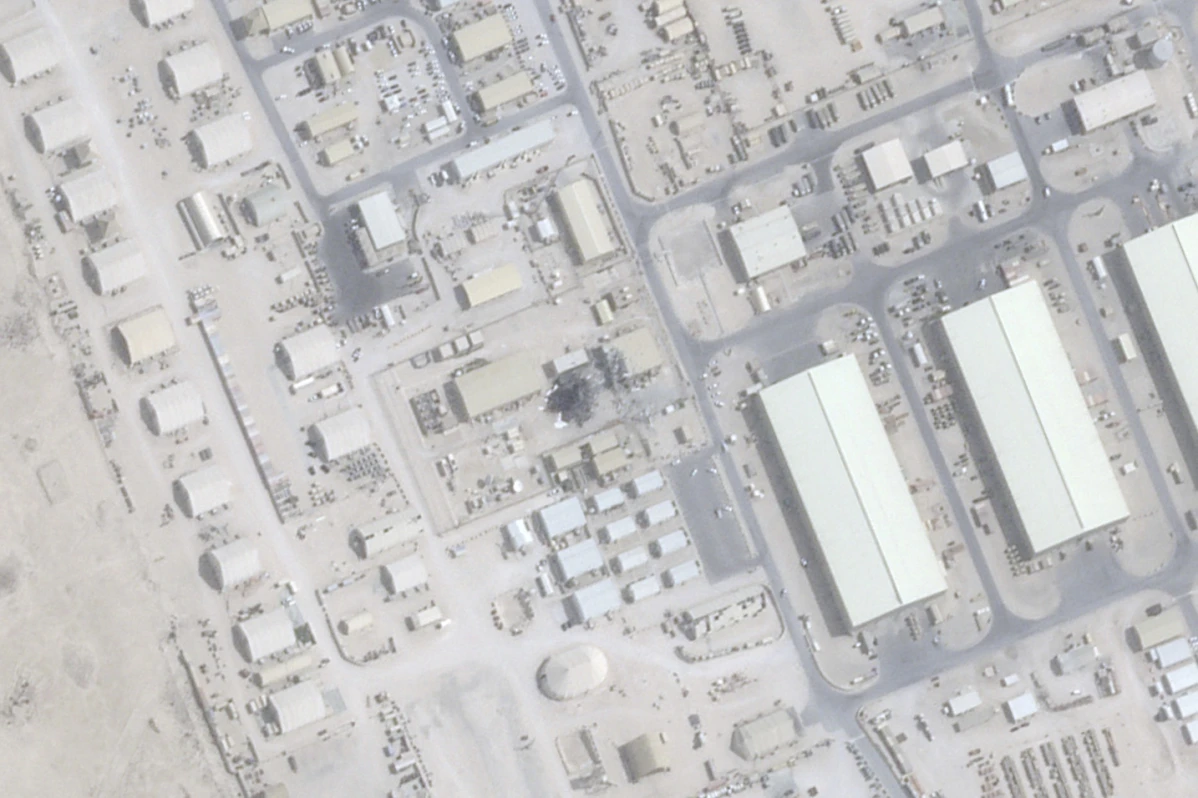
Hours after the publication of this AP report, Pentagon spokesperson Sean Parnell acknowledged that an Iranian ballistic missile had hit the dome. Qatar did not respond to requests for comment about the damage.
The Iranian attack on Al Udeid Air Base outside of Doha, Qatar’s capital, on June 23 came as a response to the American bombing of three nuclear sites in Iran — and provided the Islamic Republic a way to retaliate that quickly led to a ceasefire brokered by U.S. President Donald Trump ending the 12-day Iran-Israel war.
The Iranian attack otherwise did little damage — likely because of the fact that the U.S. evacuated its aircraft from the base, which is home to the forward headquarters of the U.S. military’s Central Command, before the attack.
Trump also has said that Iran signaled when and how it would retaliate, allowing American and Qatari air defense to be ready for the attack, which briefly disrupted air travel in the Middle East, but otherwise didn’t tip over into the regional war long feared by analysts.
Satellite images from Planet Labs PBC show the geodesic dome visible at the Al Udeid Air Base on the morning of June 23, just hours before the attack.
The U.S. Air Force’s 379th Air Expeditionary Wing, which operates out of the base, announced in 2016 the installation of the $15 million piece of equipment, known as a modernized enterprise terminal. Photos show a satellite dish inside of the dome, known as a radome.
Images taken June 25 and every day subsequently show the dome is gone, with some damage visible on a nearby building. The rest of the base appears largely untouched in the images.
In a statement, Parnell said the missile strike “did minimal damage to equipment and structures on the base.”
“Al Udeid Air Base remains fully operational and capable of conducting its mission, alongside our Qatari partners, to provide security and stability in the region,” he added.
The London-based satellite news channel Iran International first reported on the damage, citing satellite photos taken by a different provider.
In the U.S., Trump described the Iranian attack as a “very weak response.” He had said that Tehran fired 14 missiles, with 13 intercepted and one being “set free” as it was going in a “nonthreatening” direction.
“I want to thank Iran for giving us early notice, which made it possible for no lives to be lost, and nobody to be injured,” he wrote on his website Truth Social.
The White House had no immediate comment after Parnell’s acknowledgment Friday. Trump visited Al Udeid Air Base on May 15 as part of his Mideast tour.
After the attack, Iran’s paramilitary Revolutionary Guard insisted that the air base had been the “target of a destructive and powerful missile attack.” Iran’s Supreme National Security Council also said that the base had been “smashed,” without offering any specific damage assessments.
Potentially signaling that he knew the dome had been hit, an adviser to Iranian Supreme Leader Ayatollah Ali Khamenei separately said that the base’s communications had been disconnected by the attack.
“All equipment of the base was completely destroyed and now the U.S. command stream and connection from Al Udeid base to its other military bases have been completely cut,” said Ahmad Alamolhoda, a hard-line cleric.


